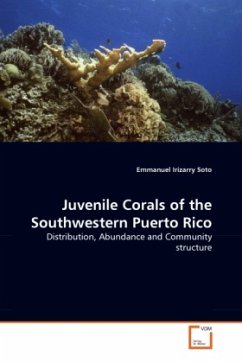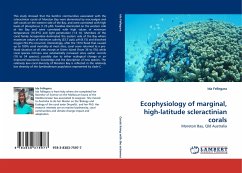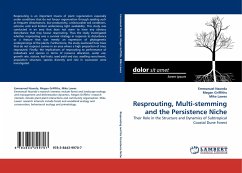Many corals live in marginal habitats, close to their survival thresholds of water temperature, light penetration and aragonite saturation. Living under these highly variable and extreme conditions is likely facilitated by specific physiological adaptations and/or the presence of unique species of coral and their symbionts but data on these factors are limited. This thesis examines the influence of environmental factors on the diversity and distribution patterns of corals and their symbionts in marginal environments. The specificity of the host-symbiont relationship in these environments is also examined. Finally, the physiological response of marginal corals and their symbionts to changing environmental conditions is investigated. Ultimately, this study allows us to gain a better understanding of how corals survive in marginal environments which will provide greater insight into how corals may respond to climate change.








